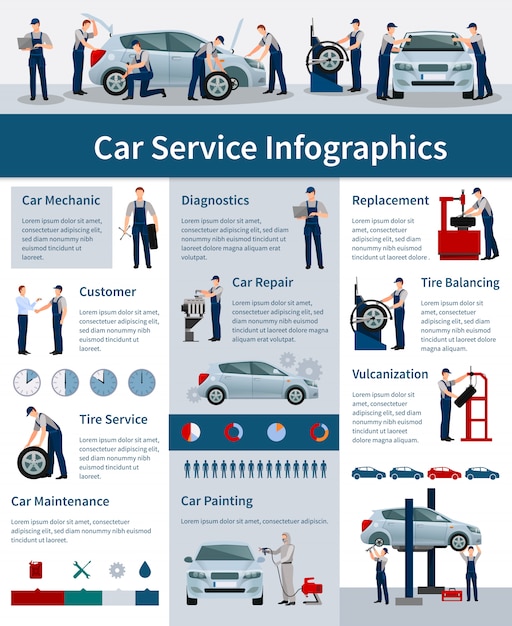Comprehending The Value Of Your Auto'S Warning Signals: What They Really Stand For
Comprehending The Value Of Your Auto'S Warning Signals: What They Really Stand For
Blog Article
Team Author-Boye Winters
When you're behind the wheel, those radiant caution lights on your control panel can be a little bit bewildering. Do you understand what they're attempting to inform you regarding your vehicle's wellness? Understanding the significance of these lights is important for your security and the durability of your lorry. So, the next time among those lights pops up, would not you want to decipher its message properly and take the needed steps to resolve it?
Common Caution Lights and Interpretations
Identify typical caution lights in your cars and truck and understand their definitions to ensure safe driving.
The most normal caution lights consist of the check engine light, which indicates problems with the engine or discharges system. If this light begins, it's vital to have your car inspected promptly.
The oil stress advising light shows low oil pressure, calling for prompt interest to prevent engine damages.
A blinking battery light might suggest a faulty billing system, potentially leaving you stranded otherwise dealt with.
The tire stress tracking system (TPMS) light signals you to reduced tire pressure, affecting car stability and gas effectiveness. Overlooking this might lead to hazardous driving problems.
The ABS light indicates a problem with the anti-lock braking system, jeopardizing your capability to quit rapidly in emergency situations.
Lastly, the coolant temperature level cautioning light warns of engine getting too hot, which can result in extreme damage if not settled promptly.
Recognizing these common caution lights will certainly help you attend to issues promptly and preserve risk-free driving problems.
Value of Prompt Interest
Recognizing the typical caution lights in your automobile is only the initial step; the relevance of promptly resolving these cautions can't be stressed sufficient to ensure your security on the road.
When a caution light illuminates on your control panel, it's your auto's method of communicating a potential problem that needs interest. Ignoring these cautions can lead to more extreme troubles down the road, compromising your security and potentially costing you much more in repairs.
Trigger focus to advising lights can stop break downs and crashes. For example, a blinking check engine light could show a misfire that, if left neglected, could create damages to the catalytic converter. Addressing this quickly can save you from an expensive repair service.
Likewise, a brake system alerting light may indicate reduced brake liquid or used brake pads, vital parts for your security when driving.
Do It Yourself Troubleshooting Tips
If you see a caution light on your control panel, there are a few DIY repairing pointers you can attempt before looking for specialist help.
The very first step is to consult your car's manual to comprehend what the details caution light indicates. Often the issue can be as basic as a loosened gas cap setting off the check engine light. Tightening the gas cap might deal with the problem.
An additional typical problem is a low battery, which can set off different warning lights. Checking the battery links for corrosion and guaranteeing they're safe might take care of the issue.
If a caution light persists, you can try resetting it by separating the cars and truck's battery for a couple of minutes and afterwards reconnecting it. Furthermore, inspecting https://www.repairerdrivennews.com/2022/04/07/survey-most-drivers-dont-understand-what-their-auto-insurance-covers/ , such as oil, coolant, and brake liquid, can aid repair alerting lights related to these systems.
Read A lot more
In conclusion, comprehending your auto's caution lights is essential for keeping your car running efficiently and securely. By immediately resolving these signals and knowing what they imply, you can prevent pricey repairs and prospective breakdowns.
Bear in mind to consult your automobile's guidebook for specific information on each cautioning light and act appropriately to ensure a hassle-free driving experience.
Stay educated, remain safe on the road!
